Today, I would like to discuss a topic that pops up on 𝕏 every now and then — designer bags. As you can imagine, there’s no shortage of posts and comments throwing shade at those who indulge in these luxury treats, from accusing them of flexing to questioning their sanity for splurging on what’s essentially a bunch of logos. Ouch!
So why do designer bags capture the hearts of so many people, especially women? What’s the deal with shelling out big bucks for “a bunch of logos” when there are plenty of budget-friendly options out there? Well, I can’t speak for others, but I’m more than happy to share my own experiences and thoughts on the matter.
- What Exactly is a Designer Bag and How Much Does One Cost
- How Many Designer Bags Do I Own
- Why I Buy Designer Bags
- Law of Diminishing Returns: How Much I’ll Spend on a Designer Bag
- Buying Designer Bags Doesn’t Make Me a Spendthrift
- My Message to Critics and Fans of Designer Bags
1. What Exactly is a Designer Bag and How Much Does One Cost
Let’s kick things off by defining “designer bags”. Now, I don’t know about you folks, but I’ve always found the term a tad silly. After all, isn’t every bag technically designed by someone, no matter its price tag? But since everyone is rocking this term, I’ll go ahead and roll with it for the sake of this article.
By designer bags, I mean bags from luxury brands such as Hermès, Chanel, Dior, Louis Vuitton, Prada, Gucci, Bottega Veneta, Balenciaga, Loewe, Fendi, and so on. These brands sell a variety of handbags (e.g. tote, hobo, clutch, duffel and crossbody), wallets, cardholders, as well as pouches for coins, keys and phones.
Prices can vary significantly depending on several factors, including the brand, style, size and material. In general, they range from around S$500 (at the time of writing, 1 USD = 1.31 SGD) for small leather goods to several thousand dollars for handbags.
Take Louis Vuitton for example. Their Monogram key pouch retails at S$505, while their long wallets start from S$905 and reach up to S$2,320. As for handbags, the Neverfull MM (one of their iconic styles) is priced at S$2,850, while the Onthego GM in Monogram Empreinte leather costs S$4,950. And who can forget Pharrell Williams’ one-of-a-kind Speedy (a vibrant yellow duffel bag), reportedly valued at an astounding US$1 million! Holy cow!
Perhaps the most sought-after handbag is the Hermès Birkin, with prices soaring into the six-figure range or even higher for rare and exclusive pieces sold at auctions or on the secondary market. Brace yourself for this: Rosmah Mansor, the wife of Malaysia’s former Prime Minister Najib Razak apparently boasted the world’s largest Birkin collection. When authorities raided the family’s apartments in 2018, they found a staggering 272 Hermès bags valued at nearly US$13 million! Shocking is an understatement.
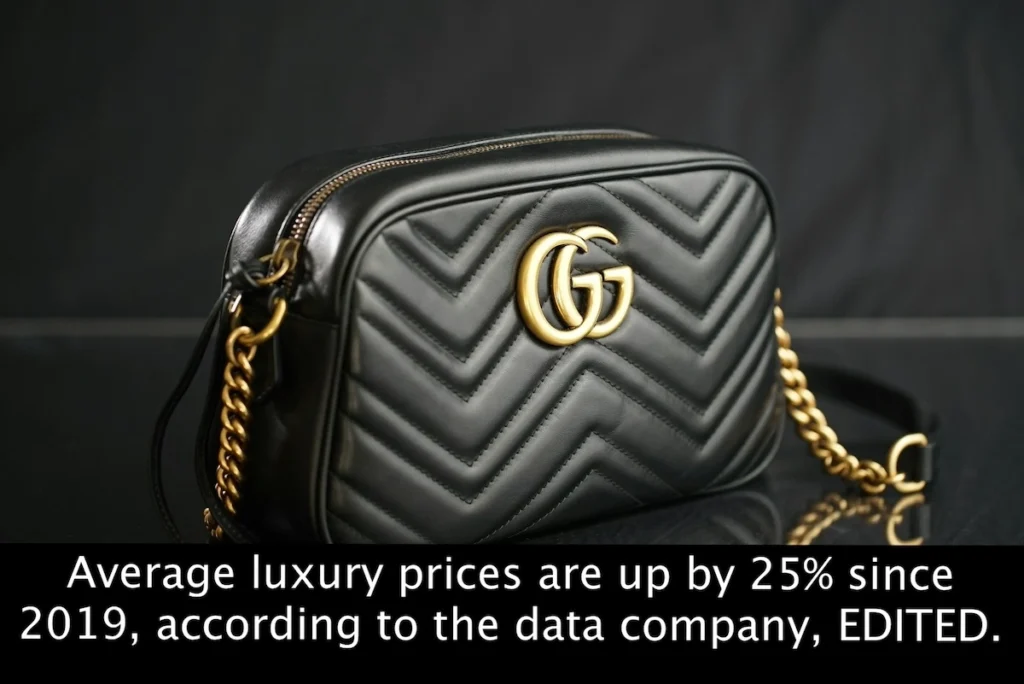
2. How Many Designer Bags Do I Own
To write this article, I tallied the number of handbags I possess a few days ago. In total, I’ve 18 handbags, with 10 falling under the category of designer. Below is my humble collection:
- Saint Laurent Medium Envelope Shoulder Bag
- Tod’s Medium Di Bag
- Prada Medium Galleria Saffiano Leather Bag
- Gucci Guccissima Leather Tote
- Gucci Horsebit 1955 Small Leather Shoulder Bag
- Chanel Medium Classic Flap
- Chanel Small Quilted Tote (Vintage)
- Louis Vuitton Alma BB Epi Leather
- Louis Vuitton Galliera PM Monogram
- Louis Vuitton Neverfull MM Damier Azur
Both my wallet and coin purse are also Louis Vuitton.
My other bags are mid-range brands like Coach and Furla. Five of them were Christmas gifts from my in-laws over the years.
While I’ve an appreciation for designer handbags, I wouldn’t consider myself an enthusiast by any means. The majority of my bags were purchased in my 20s. In my 30s, I took things to the other extreme and went on a shopping hiatus for several years as I was on a mission to accumulate wealth.
My most recent purchase was the Guccissima leather tote, which I bought at a factory outlet in Japan early this year. An older model, the bag was priced just slightly below S$800, partly due to a weak yen (Zalora was selling it for S$2,417.90). As it cost a fraction of my annual shopping budget (more on that later) and I’ve always loved the design, I got it without hesitation. I doubt I’ll be buying another handbag for the next few years.
Check out: 5 Reasons for Vacation Overspending
I don’t always buy brand new bags; both the vintage Chanel and Prada Galleria are pre-owned. I also sold three under-utilised bags and gave away one when I was decluttering my home years ago.
Thinking Aloud: I recently read an article stating that luxury handbags are “great alternative to stocks and bonds”. Sorry, but I disagree. Sure, people have made money selling bags they’ve fallen out of love with (e.g. Louis Vuitton and Chanel handbags are known to hold their value well and are easy to sell on the secondary market compared to some other luxury brands). But let’s get real here — we buy handbags because we like to pamper ourselves, not because it’s our secret investment strategy.
3. Why I Buy Designer Bags
My first dive into the world of designer bags happened when I was a fresh-faced 22-year-old, only about six months into my first job adventure. I’m not going to lie. The allure of flaunting a piece of luxury was irresistible. I was known for my sense of style and my handbag was my signature accessory that complemented my overall look. There was also an undeniable sense of achievement — I bought it with my hard-earned cash!
In those early years, these were the reasons that drove me to splurge on one expensive handbag after another. I wasn’t exactly swooning over their superior craftsmanship or unparalleled functionality. It was more about the satisfaction of owning something swanky and feeling like a million bucks.
However, I soon grew to appreciate them for more practical reasons:
1️⃣ Top-notch Quality
In my humble opinion, the quality of some (NOT all) luxury bags and small leather goods justifies the price tag. They’re true works of art, crafted with meticulous attention to detail. And boy, are they durable! With some tender loving care, they could easily last a lifetime. Case in point: I’ve been using the same Louis Vuitton wallet for more than 20 years and it’s still in very good condition. I’ve got quite the knack for taking care of my belongings, if I do say so myself!
Even Mr Wow is a convert. Way back when, my dear husband used to change his wallet every two to three years because the stitches would tear quite badly. At about S$150 each, those mid-range replacements weren’t exactly pocket change. It took some serious convincing on my part to get him to buy a Louis Vuitton wallet. That was in 2014. Fast forward to today, and guess what? He’s still using that same wallet!
Moral of the story: always trust your wife’s wisdom, ahaha! Ok, seriously now… considering you use your wallet every single day, why not invest in one that’s built to last and will save you money in the long run? It’s the same with perfume. If the scent fades faster than the aroma of your morning coffee, what’s the point even if it’s a bargain?
Here’s another food for thought. When people say they would rather invest three grand in LVHM shares (the company behind Louis Vuitton) instead of splurging on a Louis Vuitton handbag, I totally see where they’re coming from. One is an income-producing asset with the potential for capital gains, while the other is, well, unnecessary consumerism. But here’s where I scratch my head: why the need to diss the bag and anyone who digs it? I mean, think about it — LVHM didn’t become a luxury goods powerhouse by slinging shoddy merchandise. If you think the company makes garbage, why would you even want to put your dough into it?
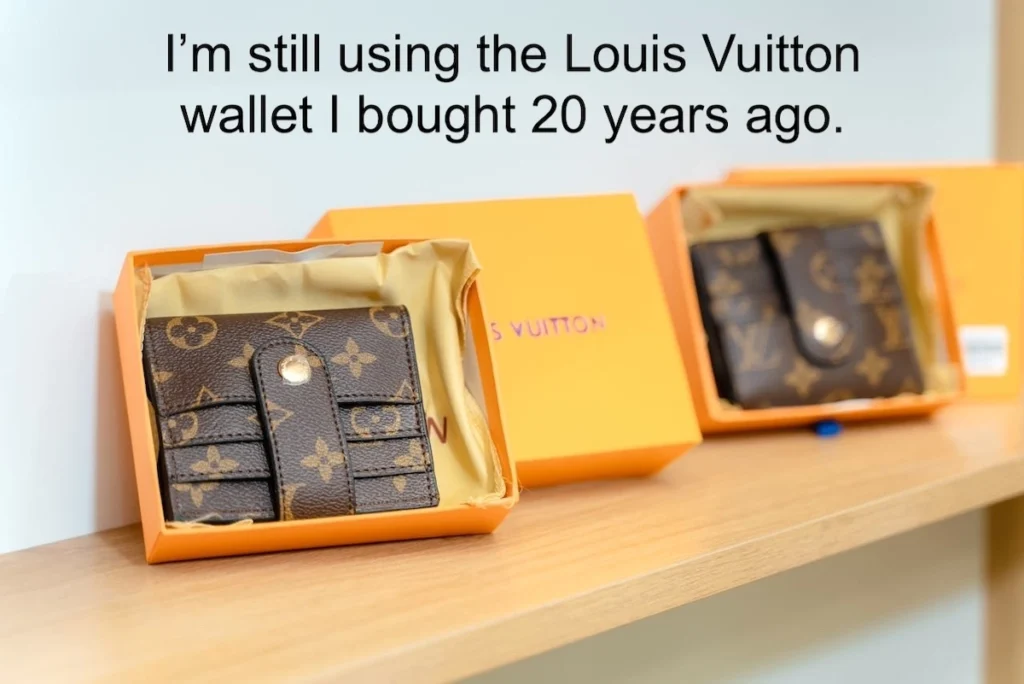
2️⃣ Timeless Style
As I gravitate towards the classic look, I also love the fact that the designer bags I own never seem to go out of style. Many luxury brands are renowned for their iconic designs that stand the test of time. These styles often become synonymous with the brand’s identity and heritage, contributing to their enduring popularity. Here are three notable examples:
- Chanel Classic Flap: Introduced by Coco Chanel in the 1955, this handbag has been reinterpreted in various sizes, colours and materials over the years. It’s always in demand on the resale market.
- Louis Vuitton Speedy: Created in the 1960s for Audrey Hepburn, this bag is one of Louis Vuitton’s most recognisable and popular styles. It’s available in the brand’s classic canvas prints, including Monogram, Damier Ebene and Damier Azur, as well as Epi leather.
- Lady Dior: Launched in 1995, this handbag gained widespread popularity when Princess Diana was photographed carrying it on numerous occasions. It’s characterised by its quilted cannage motif, sturdy top handles and Dior letter charms.
Just to be clear, I’m NOT saying that every designer bag is destined for the fashion hall of fame. But if you’re really going to splurge, why not go for a style that will stick around longer than yesterday’s viral video?
Trust me, you’re better off investing in a classic piece that will keep slaying year after year rather than a one-season fad fated to collect dust in your closet. Even if you only shop high-street brands, if you’re always chasing the most recent trends, be prepared for your bags to become ancient relics than stylish accessories.
So to avoid regret, please do some research and think carefully before you part with your money. If you’re not sure, you probably shouldn’t make the purchase.
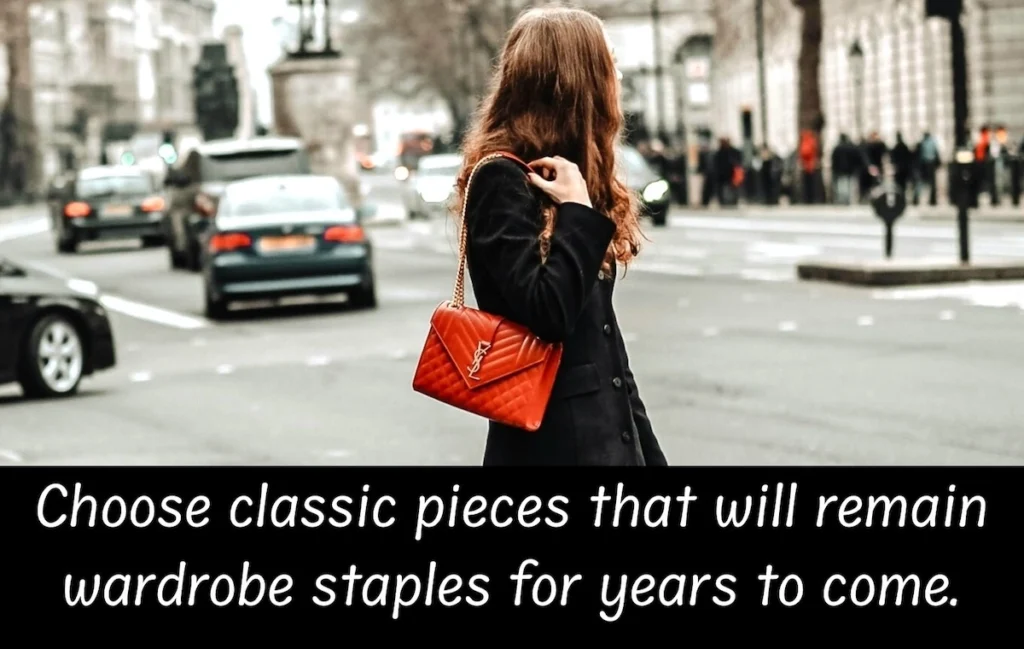
Check out: Cut Your Expenses: Quit Buying These 8 Useless Things
4. Law of Diminishing Returns: How Much I’ll Spend on a Designer Bag
Designer bags have always been costly, but back in the day, they weren’t priced as outrageously as they are now. For instance, my Chanel Classic Flap was a gift from my generous sister for my 30th birthday back in 2007. I think it cost around S$3,500 at that time. Now, the price has more than quadrupled. How crazy is that!
Despite the luxury price madness in recent years, you won’t catch me dropping more than S$4,000 on a handbag anytime soon. Nope, I’m not living in the past. I know this amount limits my choices considerably. If brand new is out of reach, I’ve no qualms scoring well-maintained pre-loved gems from trusted resellers.
And you know what? I’m perfectly fine not buying another handbag as I’m pretty darn content with the ones I already have. Furthermore, with age and changing priorities, the number of things I want have become increasingly minimal.
You might be wondering, “Why set the limit at S$4,000?” The short answer — diminishing returns.
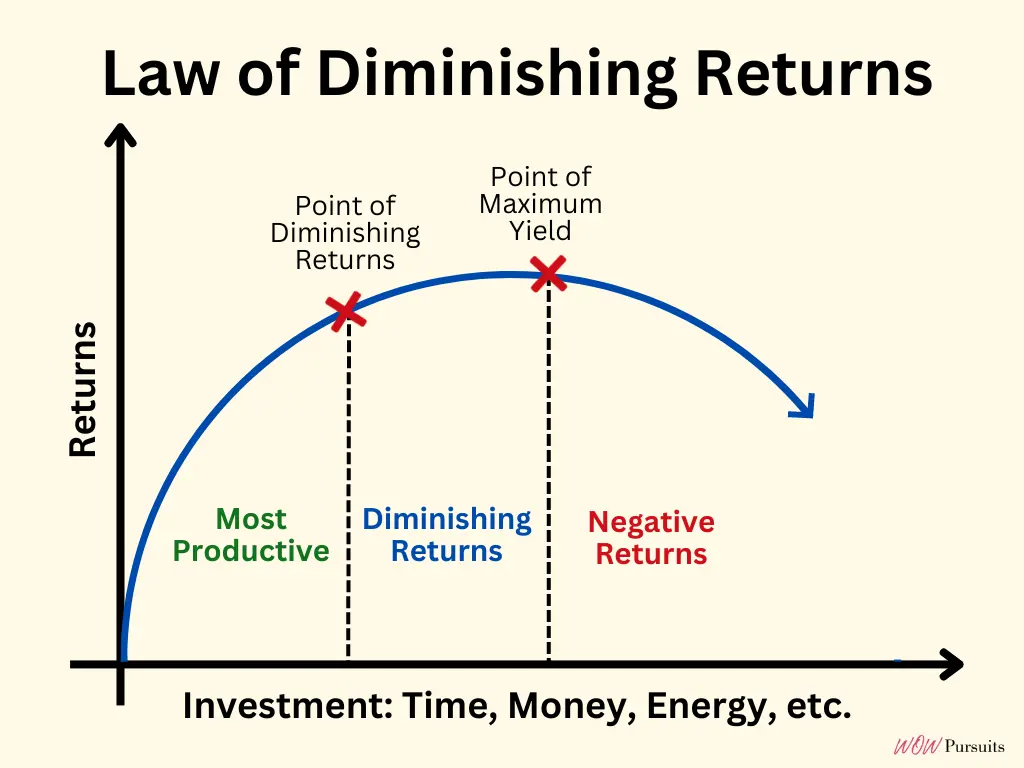
In layman’s terms, the law of diminishing returns is an economic principle stating that while investment in a specific area initially yields increasing profits, there’s a threshold where further investment won’t proportionally increase returns if other variables remain constant. Beyond that point, additional investment results in diminishing returns, causing the rate of profit to decline.
In the context of designer handbags, let’s say we’re comparing two options:
- Handbag A = $4,000
- Handbag B = $8,000
At first glance, Handbag B may seem like the superior choice as its higher price tag suggests better quality and greater prestige. Nevertheless, as we continue to evaluate the features and benefits of each bag, we may find that the additional $4k for Handbag B doesn’t necessarily provide twice the value of Handbag A.
The law of diminishing returns reminds us that past a certain point, the increase in perceived quality or satisfaction may not justify the added cost. In other words, the extra benefits we gain from Handbag B compared to Handbag A may start to become less significant as the price difference widens.
This law guides ALL my purchasing decisions, ensuring that I spend mindfully, especially when it comes to big-ticket items. It’s a constant reminder that spending more doesn’t mean I’m getting more bang for my buck. That’s why I’ve put a S$4,000 cap on handbags. Beyond this threshold, the extra glam just doesn’t justify the extra cost for my personal taste.
So no Hermès Birkin for me, period. The bag may be the ultimate status symbol in the fashion world, but last time I checked, it wasn’t made of mermaid tears and fairy dust! As much as I love to spoil myself, I also have a practical side.
Note: Perceived value is inherently subjective, so it’s up to you to strike your own balance between cost and what you personally value. Understanding yourself as a consumer will help you avoid buyer’s remorse.
Check out: 6 Types of Spending Triggers and How to Overcome Them
5. Buying Designer Bags Doesn’t Make Me a Spendthrift
I know… S$4,000 is still pricey for a handbag and if you’re a follower of this blog, you might be thinking:
This Mrs Wow often preaches about the importance of savings and cutting unnecessary expenses. Yet, she indulges in designer handbags. Isn’t that a contradiction?
I suppose now is the time for me to strenuously protest my innocence, ahaha…
Here’s the thing. While I advocate for prudent expense management, I do not encourage extreme frugality to the extent that you deprive yourself of life’s simple pleasures. I’ve been down that road and it’s not as fulfilling as it seems. To sustainably grow your wealth, maintaining a harmonious interplay between spending and saving is paramount.
In addition to basic needs, most of us have specific wants we’re reluctant to forgo. These could range from the latest gadgets to weekend getaways. They’re not essential for survival, but they add joy and comfort to our lives. However, it’s financially unwise to want it all, so it boils down to being selective and making intentional choices.
When Mr Wow and I set out on our journey toward financial independence years ago, one of our first tasks was to take a good hard look at our spending. Tracking our expenses allowed us to pinpoint our must-haves and budget for them accordingly. Without a clear picture of our expenses and a sound plan to pay for them indefinitely, retiring in our early and mid 40s would have been more of a daydream than a reality.
We don’t lead a lavish lifestyle, but we’ve a comfortable budget for every possible expense, including the fun stuff like eating out, shopping, entertainment and travel. So yes, I’m financially secure enough to treat myself to a luxury handbag every few years.
Back when we retired in 2020, we fixed our shopping budget at S$5,000 per year. This excludes birthday and Christmas shopping, which we categorise as “gifts”. Although our plan allows for inflation adjustments, we haven’t found the need to increase our shopping budget, among a few others.
In fact, our actual shopping expenses have been incredibly low. Last year, we spent just S$1,574.75. The year before that, it was even lower at S$615.90. The leftover funds were invested and channelled to other areas, e.g. outings with family and friends.
Now, you must think we’re terrible at budgeting to be so off the mark! Allow let me to explain. Being a bit of a worrier, I deliberately inflated our budget for each category to give ourselves some wiggle room. Even though we’re not big shoppers now, things could shift down the road (the horrors of midlife crisis just entered my mind), and flexibility is key, especially since we don’t have active income anymore.
So here’s the crux of the matter: Good personal finance isn’t about saving left, right and centre, or buying the cheapest option available. If that’s what it’s about, I won’t be using an iPhone since there are cheaper smartphones on the market. I use it because of the overall experience and quality it consistently delivers. Most importantly, I’m perfectly capable of paying for it.
At the end of the day, it’s about making sure that you’re spending within your means. If an expense has been budgeted for, you’re in the clear. You can enjoy your purchase without guilt because you know you have the financial resources. That’s a wonderful sense of freedom and confidence!
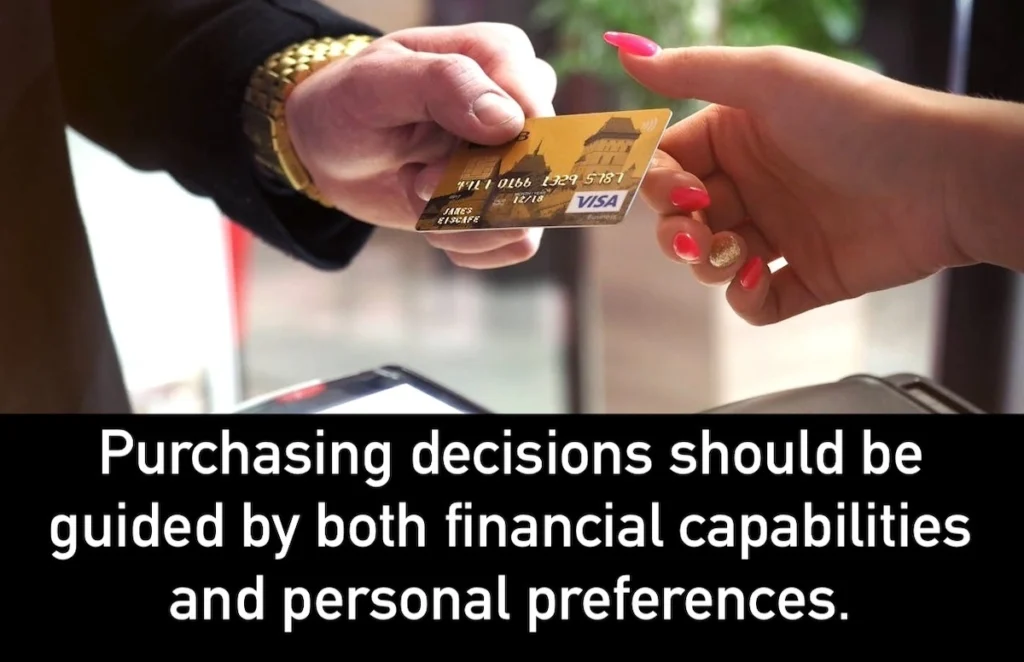
6. My Message to Critics and Fans of Designer Bags
⚠️ To the Critics
The reality is that people have different priorities and spending habits, so it’s unfair to pass judgment based solely on the perceived extravagance of certain purchases.
Rather than making broad generalisations and labelling someone as spendthrift or materialistic for buying designer handbags, it’s important to acknowledge the individual circumstances and motivations behind these purchases.
⚠️ To the Fans
You’re the best judge of whether your handbag is a symbol of success or folly. Whatever the case may be, I hope you’re a discerning consumer.
A touch of luxury here and there is delightful only if you can afford it. Even if you can well afford it, take a moment to think about its benefits. Will it truly enhance your life? Are you reaching the point of diminishing returns?
Take it from me — it’s entirely possible to be fashionable and still demonstrate financial finesse. Your future self will thank you kindly.

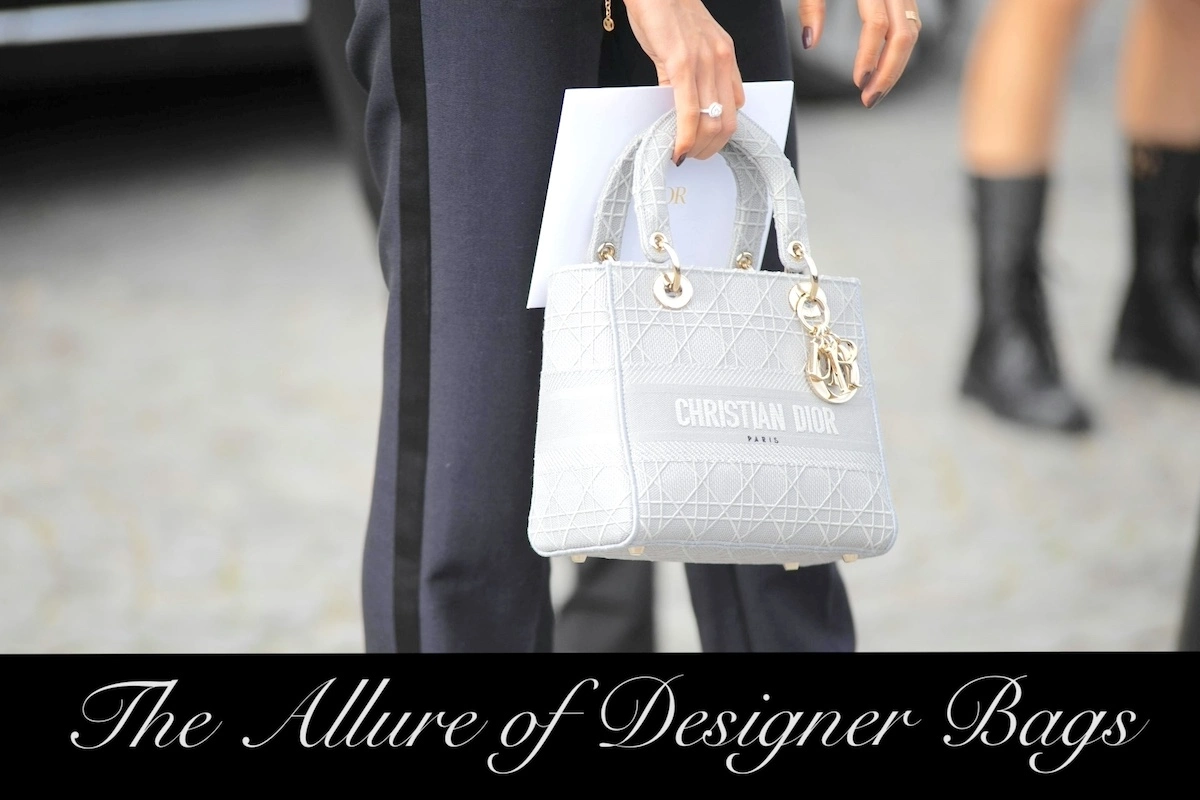
Hey Lynn, I hope you’re doing well—it’s been a while since we last chatted on X. I just wanted to share that yesterday, I decided to go ahead and splurge on a Moncler Vezere jacket, which set me back about $3.4K. While scrolling through some of the comments on my blog, I noticed one of your comments hadn’t been approved yet, so I went ahead and approved it.
I also took a moment to check out your website and noticed your recent post about investing in designer bags. Now, I’m not into designer bags myself, but I completely agree with your perspective on investing in quality items for the long term as well as the concept of law of diminishing returns, so Montclear is the max i can go to get the best value for satisfaction. I recently wrote a blog post that touches on similar themes—it’s quite the coincidence, actually! Feel free to check it out if you’re interested.
Looking forward to hearing from you, and hope everything’s going great on your end!
Warm regards,
Kelvin
OMG, Kelvin, I only noticed your comment while clearing my inbox just now. 🤦♀️ You must be wondering what happened. My bad! 😬
I haven’t been active on X as I’m just really focused on enjoying retirement life recently, LOL! Haven’t been travelling but doing a lot more shopping and eating good food all over SG. 😄
I’ve read your article. It’s very well-written (as always) and I’m glad to know that we’re on the same page when it comes to expensive purchases. 🙌
Your Moncler Vezere jacket looks so cool. Enjoy it!
Also, congrats on reaching 2M net worth! Yes, I read that too. 😄